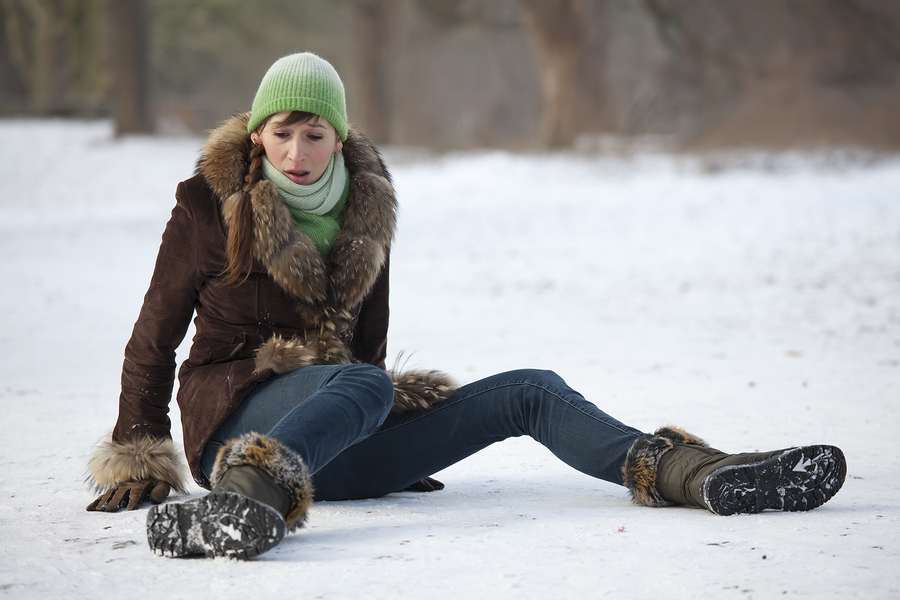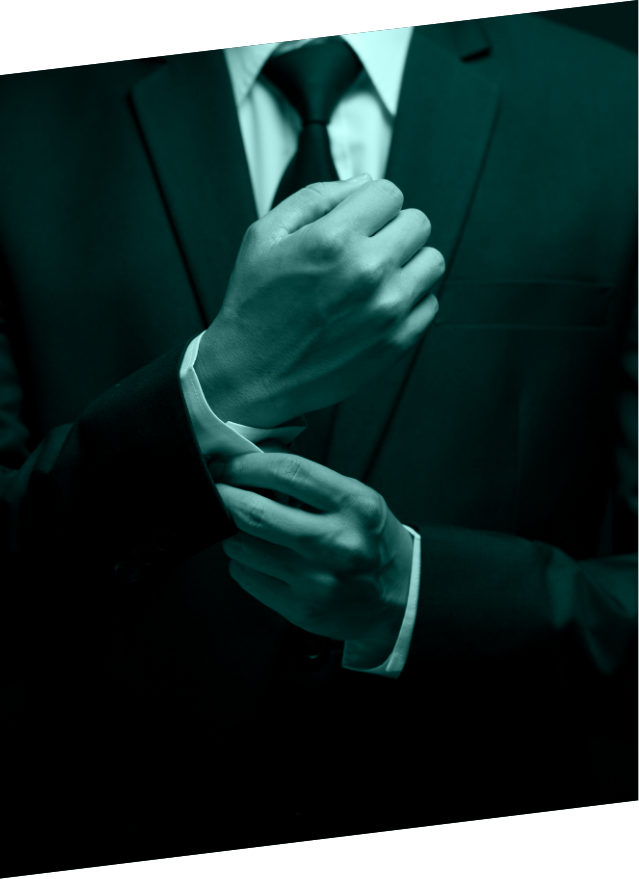If you’ve ever tripped or slipped on an uneven sidewalk, you probably breathed a sigh of relief when you didn’t fall. It might have crossed your mind that a slip and fall on a concrete surface could easily have caused a life-changing catastrophic injury. Unfortunately, that’s true. Slip and falls happen so fast, victims have no means of protecting their head, back, and other sensitive parts of their body. Catastrophic injuries easily occur when you fall against concrete or other hard surfaces.

What begins as a simple slip or trip on a walking surface often leads to hospitalization, long term medical care, and temporary or permanent disabilities. The potential for catastrophic or fatal injuries rises as a person ages. The injury risk increases for persons of all ages when a slip and fall occurs while walking up or down steps or navigating elevated surfaces.
You Must Take Steps to Protect Your Rights
If you’ve been injured in a slip and fall accident, the liability and injury issues can grow complicated very quickly. While you’re waiting for an insurance company to settle your claim, they will be gathering evidence and completing their investigation. After assessing the insured property owner’s liability exposure, the insurance company may decide to defend them against your injury claim.
You must act promptly to protect your legal rights. If you’re physically able, you should immediately take photos of the accident location, document defects or maintenance issues, and gather the names of any witnesses. You should also Contact Attorney Ivan M Diamond. He has the experience to deal with insurance companies and their lawyers while providing the guidance and legal representation you need.
Slip and Falls Cause Traumatic Brain Injuries
When a slip and fall occurs, a person’s head often crashes into the surface. When it’s a hard surface like concrete, asphalt, or wood, traumatic brain injury is often a consequence. The Traumatic Brain Injury Model Systems, which tracks TBI cases nationwide calculates that falls cause 37 percent of all TBIs.
The Model Systems Knowledge Translation Center explains the many ways a catastrophic brain injury changes an injury victim’s life. The most severe TBIs leave a victim in a vegetative or minimally conscious state from which they may never recover. For a recovering brain injury victim, changes in cognitive, physical, and emotional abilities alter the way they think, act, and feel. They also disrupt relationships with spouses and children.
Problems with memory, information processing, and other skills complicate the return to normal life. Some brain injury victims return to driving, school, and prior occupations. Making these transitions often requires extensive rehabilitation and physical and emotional therapy. The Brain Injury Association of America explains how a TBI often causes problems as brain-injured victims age. Research suggests that brain damage can lead to lifelong complications such as dementia, Parkinson’s disease, and endocrine disorders.
Slip and Falls and Spinal Cord Injuries
Spinal cord injuries cause a lifetime of complications as well. As documented by the National Spinal Cord Injury Statistical Center, falls cause 31.6 percent of the spinal cord injuries in their national database. Patients suffer paralysis and lose physical and functional abilities depending on the cord damage extent and the location on the spine.
- Damage to the upper spine causes Tetraplegia. An SCI patient loses function at and below the damaged area.
- Damage to the lower spine causes Triplegia where a patient loses function at or below the lower spine.
- When a person loses function of the lower body and their lower extremities, it’s considered paraplegia.
MSKTC also provides insight into the difficulties associated with SCIs. Patients endure a lengthy recovery process. They focus on physical recovery but must also learn to make the physical and emotional adjustments necessary to support their new lifestyle. These often include changes in their environment, alternate means of relating to spouse and family and learning new ways to accomplish traditional tasks.
With proper training and rehabilitation, some SCI patients return to driving, working, and other activities. As they learn to adjust to their new circumstances, some SCI patients deal with depression, bladder and bowel management, pain, pressure sores, and other health issues.
Slip and Falls Affect People of All Ages
Slip and fall incidents occur suddenly and accidentally. The most injurious events occur because of unexpected hazards, defects, and maintenance or safety issues. Problems arise in connection with aging or defective playground equipment, poorly maintained public gathering areas, unrepaired walkways and paved surfaces, and in many other situations.
Slip and fall incidents can occur anywhere and at any time, even when a person is simply strolling down the street. Local and national statistics document how slip and falls have the potential to cause catastrophic injuries at any age.
- Ten years of statistics compiled by the NYC Health show unintentional falls as one of the top 10 causes of death across most age groups.
- Falls are the number one reason for hospitalizations among all age groups in New York City except for 15- to 24-year olds where they are the number two reason for hospitalizations.
- NYC Health lists falls as the number five cause of death among children ages one to 12.
- Occupational Safety and Health Administration consistently names falls as the number 1 cause of on-the-job fatalities nationwide.
- The Center for Disease Control and Prevention lists falls as the number one cause of traumatic brain injuries.
- CDC statistics documents 300,000 seniors hospitalized for fall-related hip fractures each year.
Don’t Blame Yourself When You Fall!
When you fall, self-blame is a natural reaction but it’s usually misplaced. A property owner has a duty to exercise care based on the actions expected of a reasonably prudent person. A property owner is negligent when they fail to do what a reasonably prudent property owner would do under the same or similar circumstances. That duty varies depending on the injured person’s actions and their legal relationship to the property or the owner. Depending on the circumstances of your fall, a premises owner may rely on traditional defenses to avoid responsibility.
- They may claim the fall occurred because of your footwear, vision, drinking, medication, or a number of other personal issues.
- Owners sometimes claim they had no prior notice of a dangerous condition.
- They may insist that the condition was avoidable as it was open and obvious.
- They may attempt to prove that your own negligence caused or contributed to the incident.
- The owner may claim that you were a trespasser with no legal right to be on the premises.
- If a property owner proves that you were negligent, they can reduce your award by your negligence percentage.
- Sometimes, property owners try to prove that an injury didn’t occur on their property.
Attorney Diamond anticipates insurance company and property owner defense strategies. By preparing his clients’ cases ahead of time, he has defeated their strategies and delivered optimum results.
Contact Diamond Injury Law
If you or a family member sustained a catastrophic injury in a slip and fall incident, contact Attorney Ivan M. Diamond. He’s had years of experience handling catastrophic personal injury cases in New York City, the Bronx, and in surrounding areas. He’s recovered millions for his clients and wants to determine if he can help you. Call Diamond Injury Law at (718) 588-2000 or complete the contact form. Attorney Diamond will schedule a free consultation to discuss your case.



